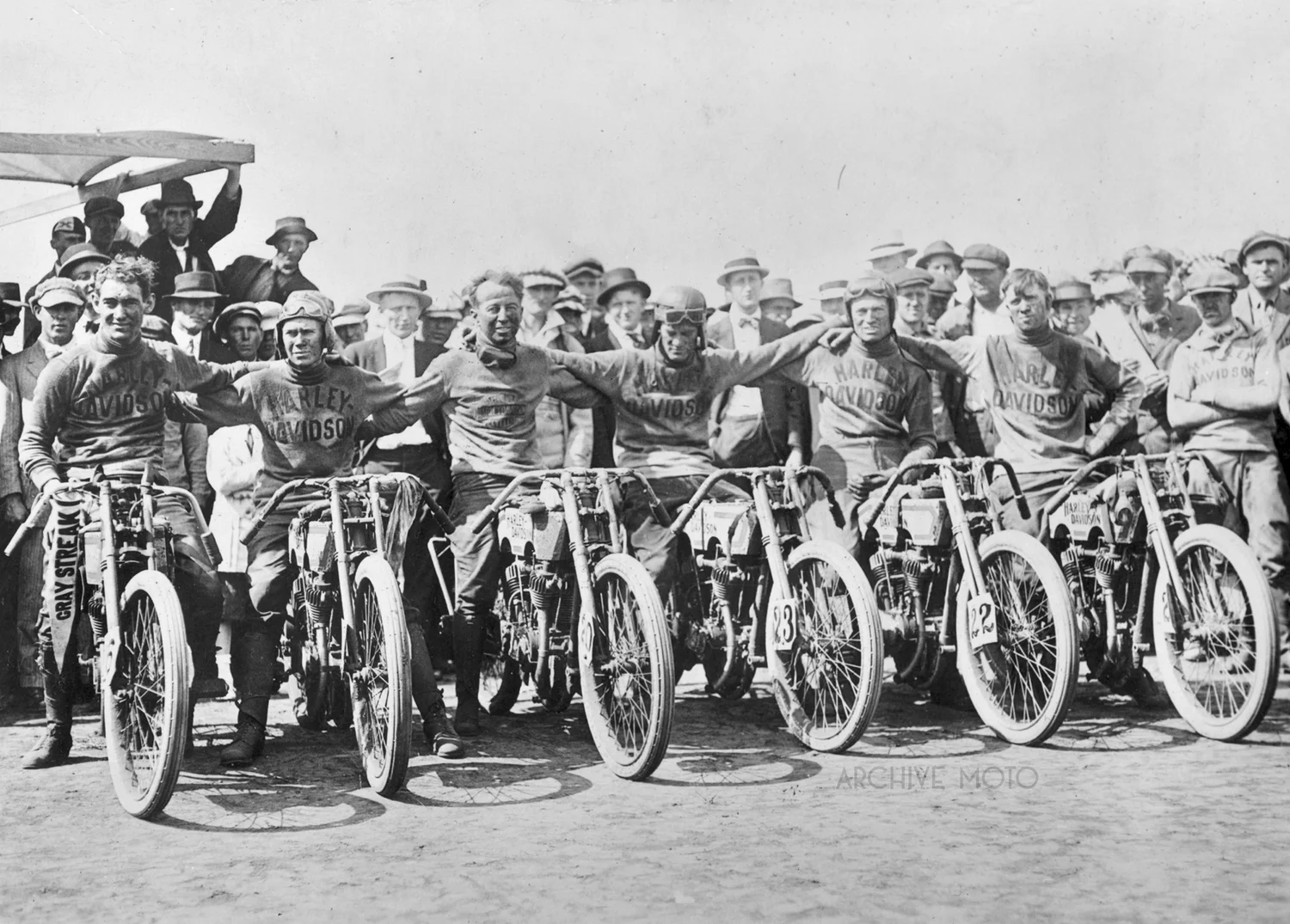Archive Moto, the little research project that began with Georgia Motorcycle History has grown yet again! I am excited to now be producing videos in a continued effort to preserve and share the remarkable history of American motorcycle culture. It is a new chapter for the project, supported by enthusiasts who have become members of the Archive Moto Patreon. Both the Patreon community and the Youtube channel are young but growing, and if you enjoy the articles, videos, and books, consider helping support the project by Subscribing to the channel, liking videos, and sharing them. If you would like to support this research and help keep quality content rolling out, considering joining the Archive Moto Patreon community for as little as $5.
Beyond that, the mission is to preserve and share this history, so the best thing you can do to help is simply enjoy reading and watching, and share what you like with the folks who’d like it too.
As it did around the globe, the Great Depression served as a grand a catalyst within American motorcycle culture. Both the sport and the industry were forced to adapt to the economic decline in and the changes spawned an entirely new culture. Indian and Harley further refined their smaller 45 cubic inch models, packing them with value, and leaning into a focus on design to weather the storm. With the addition of the American motorcycle Associations professional 45 class, both companies newest machines became American favorites. Still, the financial crisis marked the end of the road for Excelsior Motorcycles, one of America’s Big Three manufacturers who had been in business since 1908. Despite having found success on both the road and the track, including being one of Indian’s fiercest competitors in the golden age of the motordrome, Excelsior shuttered its doors in 1931, leaving Springfield and Milwaukee to duke it out for supremacy.
The early years of the roaring twenties represent the first high water mark in professional motorcycle racing. It was a period when sophisticated machines were let loose by men of true and unrelenting grit. In the previous decade, motorcycle racing had bloomed into several forums, and the spectacle enthralled the country. By the early 1920s, racers had kicked-up tails of dirt and dust on flat tracks, kept the enthusiasts breathless on the edge of the motordrome bleacher, and stretched the capabilities of iron and rubber on the colossal board track speedways to their limits. Still, by the latter half of the decade, the sport, as well as the industry, was in significant decline, and the high waters of the golden age of motorcycle racing began receding.
In the years preceding WWI, motorcycle racing in the United States had grown from low-speed grudge matches on local horse tracks to unrestrained, factory-supported speed blitzes on motordromes, flat tracks, and superspeedways. With Harley-Davidson entering the sport in 1914, the two central competing brands, Indian and Excelsior, found themselves in a three-way battle against a well-funded and laser-focused adversary. Local dirt flat tracks continued to rise in popularity, and the Dodge City 300 became the sport's premier race. Still, as the gates of America's infamous board track saucers, the fabled motordromes closed, a new breed of track soon emerged.





